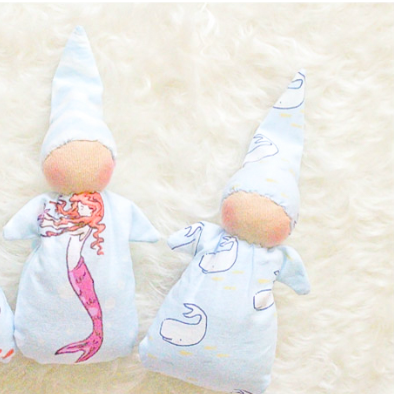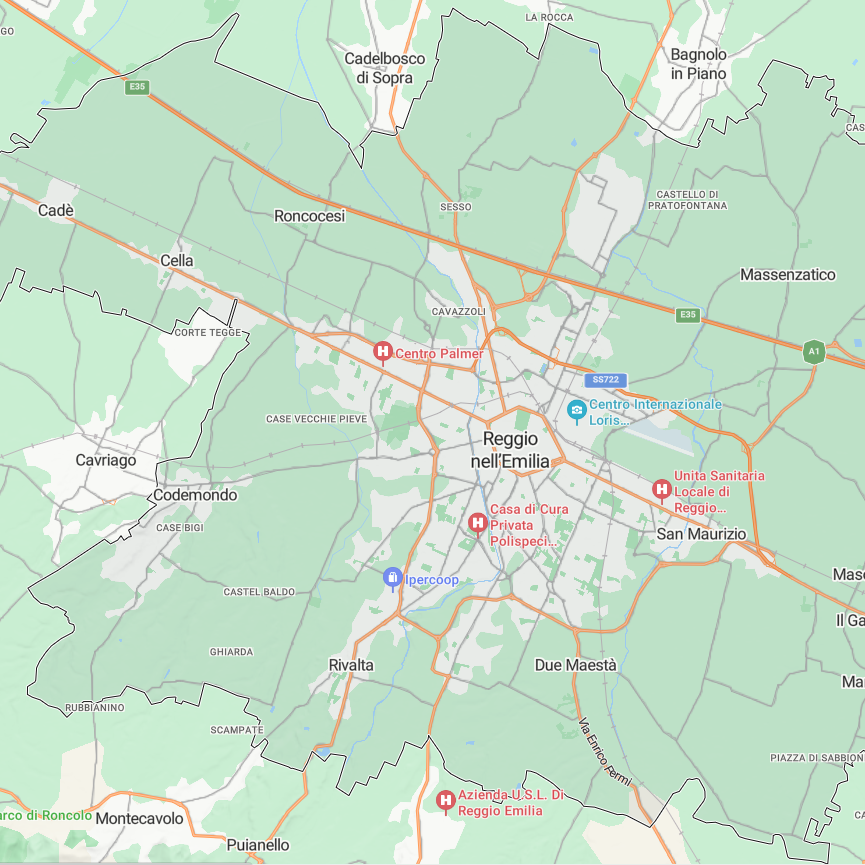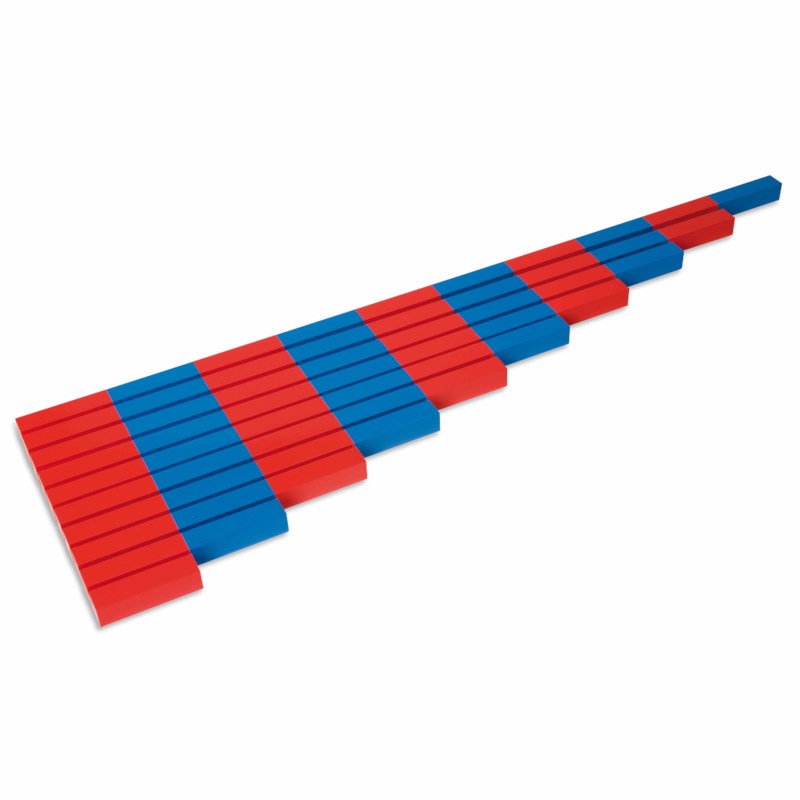Early Childhood Education can have a lot of buzzwords and misunderstandings. This “Philosophy Spotlight” series intends to introduce you to the origins of a number of currently used philosophies directly from the writings of their founders and accomplished practitioners, as well as modern practices and ideas associated with these philosophies. Note that many of the philosophies and philosophers we reference in the US are Euro-centric in origin. I will do my best to integrate philosophies of development and learning from a more diverse body of knowledge, for the benefit of all children and providers. You’ll notice a significant amount of overlap between philosophies, as well as some stark differences. Use these articles to consider your own approach to early education, and maybe refine how you see you work and design your program. These are intended to be broad overviews; please see the references if you’d like to learn more about each one!
Modern Regulating Bodies/Standards:
Association of Waldorf Schools of North America offers accreditation for Waldorf schools through High School, and WECAN (Waldorf Early Childhood Assocation of North America) offers membership and allows participating organizations, including Family Child Care Homes, to use the term Waldorf.
Origins, Theories and Theorists:
The first Waldorf school was built in the Waldorf Astoria cigarette factory in Stuttgart, Germany in 1919. The factory owner asked Rudolf Steiner to start a school for his employees’ children after Steiner gave a speech there about social renewal in the wake of World War I. Steiner’s school
Steiner created Anthroposophy, a spiritual belief that aligns with Christianity but is not explicitly Christian. Waldorf schools are still influenced by anthroposophy, but the majority would not consider themselves religious.
“We must delay as long as possible the giving of mental concepts in purely intellectual form…man should fully awaken later in life, but the child must be allowed to remain as long as possible in the peaceful, dreamlike state of pictorial imagination of the early years. For if we allow the organism to grow strong in this way, he will develop in later life the intellectuality needed in the world today.” Rudolf Steiner, 1923
The Waldorf philosophy comes with a specific view of child development, spaced out in three phases of seven years each. Early childhood is thought of as the first seven years of life, and is a time for children to engage with physical materials and explore the world as well as their imagination. It is considered too early for intellectual or academic work.
Values:
Creativity and fantasy– Steiner believed that young children live in a fantasy world, and thus should hear stories that continue to encourage their imagination, so as to develop their intuition. He also believed that fairy tales and other fantastical stories are internalized by children as allegories and accessed later as part of their subconscious spiritual and moral development.
Being outdoors and spending time in nature, observing the changes of the seasons and passing of time through ritual.
Limiting early academics. Children in Waldorf schools do not partake in any formal literacy instruction until first grade, and it is believed that academic expectations are a hindrance to a young child’s development.
Little to no use of electronics/technology, including recorded music, at least until upper grades (mostly high school).
Steiner believed that “the human being is a music being,” and placed great importance on children and adults alike creating music.
“Educating the head, the heart, and the hands” was how Steiner phrased his idea for holistic education. This could also be phrased as thinking, feeling, and doing, and represents educating the whole person. Young children in particular are primarily “hands”– they learn through doing, and active physical exploration.
Great emphasis on creative expression; Waldorf schools incorporate arts and music throughout the curriculum.
What You Might Observe in a Waldorf Early Childhood Program:
Practical life activities similar to Montessori; children are encouraged to help cook and serve food, as is developmentally appropriate.
A lot of art and music. Waldorf teachers and children sing together every day as part of their curriculum, and painting and drawing are valued highly, as are crafts such as felting and knitting, even for young children.
Puppets! Puppet Plays are a significant tradition in Waldorf education, intended to teach children the value of storytelling in different ways. These puppets are often very simple and frequently handmade from knotted cloths or felted wool.
Nature tables: low tables with sticks, leaves, stones, flowers, and other items brought inside from the natural world. The children seek out these objects as symbols of seasonal change; dry brown leaves in the fall are replaced with empty shed twigs in the winter, and then fresh green leaves in the spring.
Influence on Modern ECE Programs:
Many modern early childhood programs place a strong emphasis on story telling with young children. An increasing number are bringing in natural artifacts in a way similar to a nature table.
Questions for Your Reflection:
What in your practice might align with Waldorf values?
How does your view of child development agree or disagree with Steiner?
What ideas in Steiner’s statements or in Waldorf schools as they are today challenge or align with beliefs you hold about young children?
References
Association of Waldorf Schools of North America (n.d.) Waldorf Education
WECAN Membership Handbook for Schools, Centers, and Child Care Homes
Steinter, Rudolf (1996) The education of the child and early lectures on education Anthroposophic Press.



